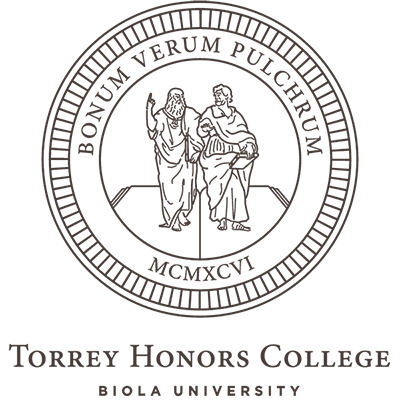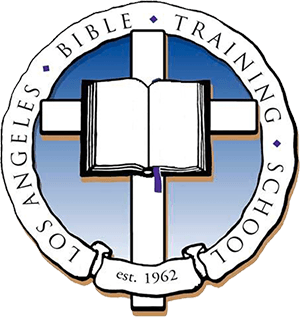A scene from the Leben der heiligen Altväter (1482)
“Wesleyan View”
Five Views of the Extent of the Atonement, ed. Adam Johnson (Zondervan, 2019), 156-176
For whom did Christ die? Who may be saved? are questions of perennial interest and importance for the Christian faith. In a familiar Counterpoints format, this book explores the question of the extent of Christ’s atonement, going beyond simple Reformed vs. non-Reformed understandings. This volume elevates the conversation to a broader plane, including contributors who represent the breadth of Christian tradition:
- Eastern Orthodox: Andrew Louth
- Roman Catholic: Matthew Levering
- Traditional Reformed: Michael Horton
- Wesleyan: Fred Sanders
- Barthian Universalism: Tom Greggs
This book serves not only as a single-volume resource for engaging the views on the extent of the atonement but also as a catalyst for understanding and advancing a balanced approach to this core Christian doctrine.
Here is the opening of my essay:
The grace of God has appeared, bringing salvation to all people,” declares Paul in Titus 2:11, sounding a universal note that has sent many responsible translators scampering for some way to signal a compensating restriction. “For the grace of God that bringeth salvation hath appeared to all men,” tried the King James Version, dislocating the all from salvation and reassigning it to hath appeared. But besides lacking grammatical warrant,1 this foisted on Paul the implausible claim that grace has already been manifested to all people. The Revised Version revised, therefore, with surgical precision: “For the grace of God hath appeared, bringing salvation to all men.” But unless the starkly universal word entails universalism (the actual salvation of all people contra the overwhelming scriptural witness), it cries out again for some sort of qualification. So the 1984 NIV once again let the all migrate toward the manifestation rather than the salvation (“The grace of God that brings salvation has appeared to all men”), but inevitably, more grammatical arguments prevailed by the time of the TNIV revision: “The grace of God has appeared that offers salvation to all people.” To say that grace “offers salvation” is to conjure a new verb by way of explanation, offering much guidance to the reader. Too much guidance? Perhaps introducing the idea of an offer is not the best way to restrict the scope of that universal note. But something must be done.
The metamorphoses of Titus 2:11 are merely illustrative of a wider phenomenon. We are not considering here how to manage a single stray verse, after all. The universal note rings out over and over from the pages of Scripture, from multiple authors in various times and places. Nor are we simply asking how to hedge against possible misinterpretations, clearly marking what these texts are not teaching. Vital as that cautionary task is for theology, the more fundamental interpretive demand is for Christian teachers to apprehend what God is saying in Scripture when he draws our attention to the expansive scope of salvation. The question is, How can we do theological justice to the universal aspect of salvation that surfaces over and over in the biblical witness? If the universal note cannot entail universalism, what does it indicate?
In this chapter I argue that the best way to do justice to the Bible’s universal note is to consider the death of Christ to be the event that reconciles human nature to God. The Son of God takes up human nature by joining it to his own person and accomplishes the salvation of human nature in himself by taking that human nature (his and ours) through death and resurrection. The Holy Spirit applies the work of Christ to individual persons, bringing about each person’s union with Christ….
The book is in print and may be purchased from Zondervan.
 Fred Sanders
Fred Sanders

